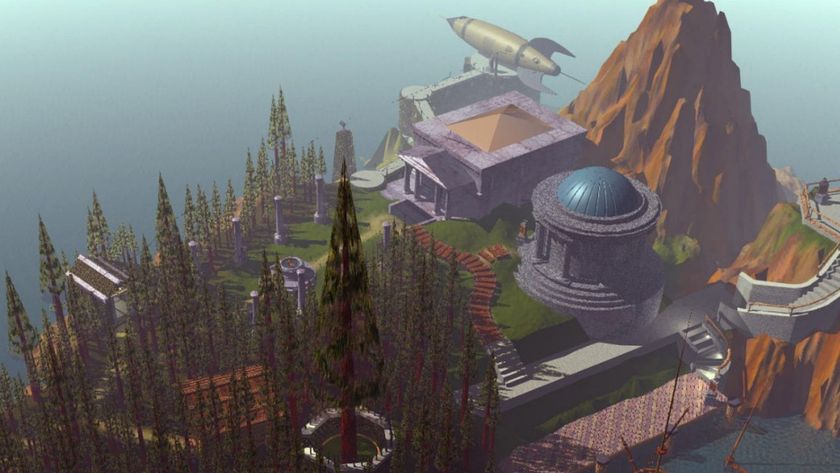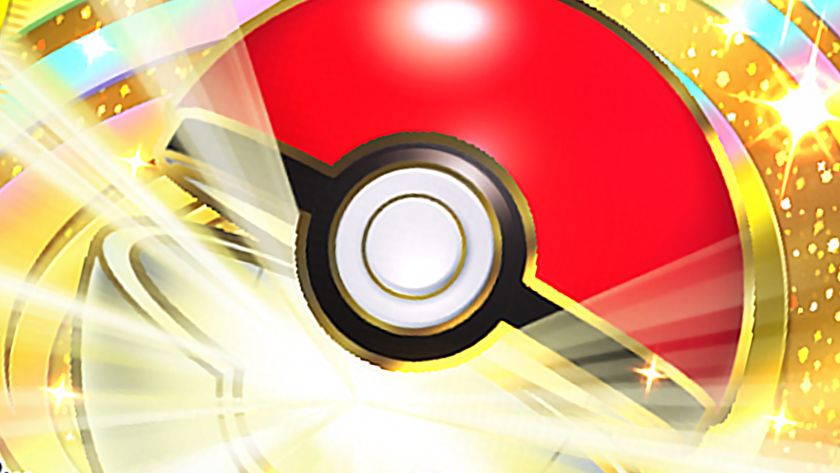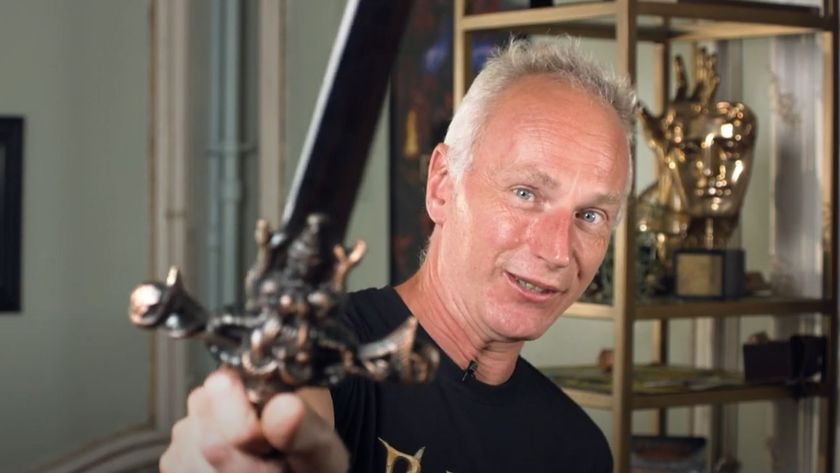The creator of iconic puzzler Myst looks back on its legend – and onwards to new game, Obduction
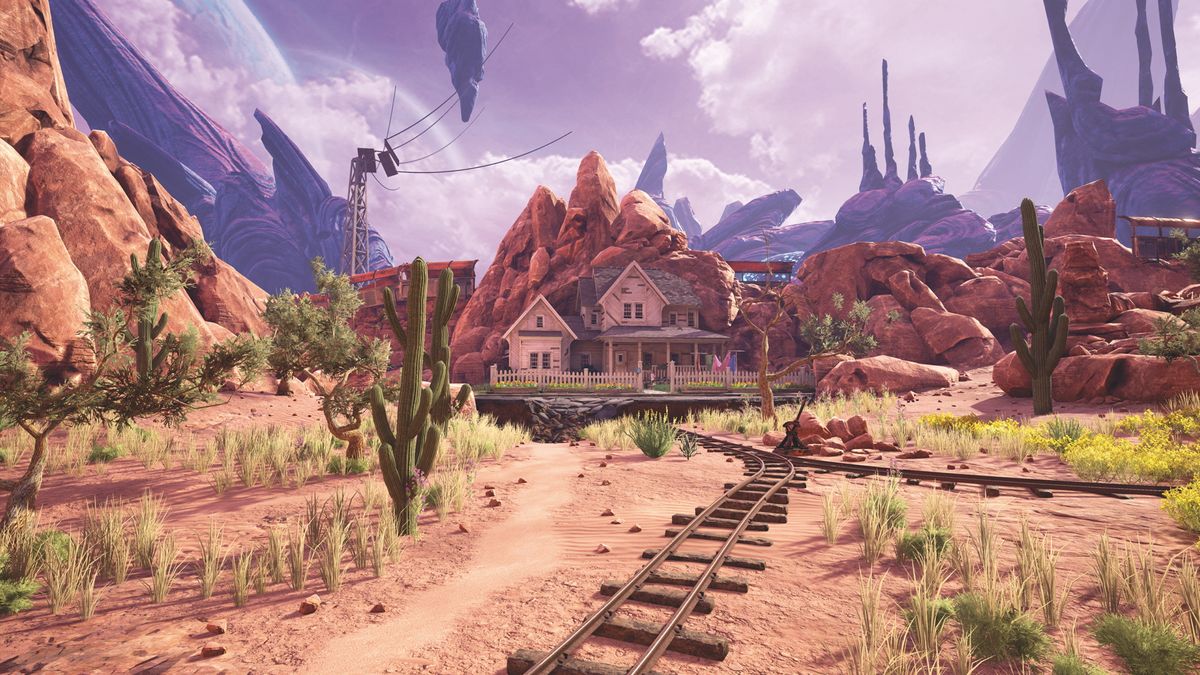
This interview was conducted by Official PlayStation Magazine
Back in 1993, things weren’t going so well for game developers Rand and Robyn Miller. Then they released a highly ambitious project – first-person adventure title Myst – onto the Macintosh and into the wild. Everything changed. Praised by critics and gamers alike for its ability to immerse players in its curious puzzle island, the brothers’ project spawned four sequels, a handful of spin-offs, plenty of opportunistic ‘clones’, and was ported to PlayStation in 1996.
Twenty-three years on, the game’s still spoken of in reverent tones. Now Rand Miller has struck out on his own with a spiritual successor to Myst and its sequel Riven, named Obduction. On its way to PS4 and PS VR, Obduction’s alien worlds and tough puzzles are set to make us all, er, Mysty-eyed. OPM sat down with Rand to reflect on PlayStation’s most important adventure title, and talk crowdfunded game development and moving the genre forward with the power of VR...
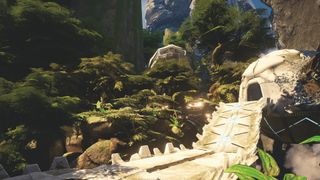
OPM: What does it mean to be finally coming back to PlayStation with Obduction?
Rand Miller: It’s interesting. I think our first transition to PlayStation was almost pure momentum. It’s funny because I’ve always been kind of a PlayStation guy, and the original Myst was in some ways designed for just that. You know, that point-and-click environment that’s a mouse, and then quickly moved to controllers with the consoles to PlayStation at the time. And it mapped well, but it wasn’t perfect. It seemed like almost there was a little bit of wasted power in the PlayStation, because PlayStation could do 3D and Myst wasn’t at the time. So it feels like we’re coming back to it in a more appropriate manner, to be honest with you. I hate to say stuff like that, but with Obduction being a 3D project, it feels like it’s more apt for that, and of course I love the fact that we can reach more people.
OPM: Back when you worked on the very first Myst, did you have any inkling that it would become such a phenomenon?
RM: We didn’t have a clue. We look back at the early design documents and we were shooting for a very broad audience. We weren’t trying to hit a narrow demographic. We were saying we want to make something that everyone’s going to play, that would be inclusive. It wouldn’t matter whether you were fairly young – we thought teenage range up to older adults. We thought they all might enjoy it, but we had no idea that it would go as large as it did.
Sign up to the 12DOVE Newsletter
Weekly digests, tales from the communities you love, and more
We were completely astonished by it. In a very satisfying way, it was interesting to do something that was that different and unique and even be turned down by a few publishers and then to have it hit what it did. That was a great moment for us.
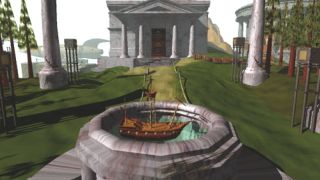
OPM: Do you ever look back at Myst and think there are things you would like to change?
RM: Myst is one of those projects that in my mind, even if we had more knowledge, if we had those same constraints, I think we would have built the same thing. It works well, and some of it is just, well, frankly by luck. We had done a lot of this and we were evolving the way we built worlds – we started with children’s worlds and were getting gradually more and more sophisticated. But by the time Myst came along we still hadn’t perfected what we did.
Oddly enough it was some of the constraints of the console that led us to build Myst the way it was, with different worlds that would be small enough that they could be loaded and broken up. You could go to any worlds in any order, so we were very happy with that design.
OPM: One of our favourite things about Myst was that if you knew what you were doing you could complete it in a matter of seconds. Was that always something that you planned as a quirky joke?
RM: We found it funny as well, and our process for doing the game was iterative to a certain extent. We designed it and had a good idea of what it would be, but the early design documents didn’t speak of the twist at the end. Our idea was that you were going to have to make a judgement about these brothers as you went through the game. That was the original concept: one of them will be right and one of them will be wrong. And it wasn’t until later on in the design process as we were fleshing things out that we decided to put a little twist in there. I have recollections of needing to come up with how that twist would be realised, and how it would be so interesting and ironic and fun if the very first task you did was tied to the very last twist as well.

OPM: Myst’s sequel, Riven, felt like you’d blown this project into something far grander. It was like the entire world was connected and everything could affect something else. Is that kind of the core tenet upon which you then wanted to build further games?
RM: Don’t get me wrong, with Riven we were able to do some amazing things. But I love games and the psychology of games, and Myst – the way it compartmentalised those ages, where once you’ve finished it, you knew that everything you needed was in that age, and when you were done with it and back on Myst island you were looking for something new. We lost that a little with the scope of Riven.
Riven was so big – it was interesting, I never knew this at the time until we started hitting limits – that CDs, they started writing in the middle and they wrote outward toward the outer edges of the disc with your data and there was no set amount. You could keep going a little bit further, but you risked corruption and scratches on the edge of the disc if you went out too far. We were definitely pushing things with the size of the game, squeezing it onto CDs at the time.
We struggled with Obduction’s scope, the same thing. We try to balance these crazy legs of the story and the environment and the puzzles, the friction. Our thing is to balance those equally – so the story and the environment mean a lot to us, and those have to support the puzzles and the puzzles have to support those. We want it to seem like a real place, so many times we compromised a bit in some of the puzzles or some of the story, because that’s in some ways how life is and we wanted to build them up in equal amount.
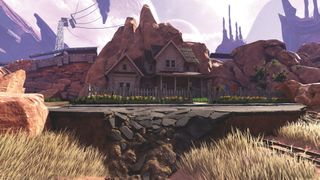
OPM: Was it hard to start afresh with Obduction?
RM: No, in fact the opposite is true. It’s not that I don’t love all the lore and history and backstory of Myst, and all the things it’s become. It’s like, I love my home, my home is very comfortable, I know everything about my home, I’m very familiar with it and it’s a wonderful place to be... but sometimes I need a vacation. I just need to go somewhere else, it’s a good way to clear your head and to motivate yourself and to refresh yourself. That’s what Obduction felt like. It felt like rather than staying at home, which was comfortable, I needed something fresh and new. Obduction served that purpose well.
It’s just nice to start with a blank sheet of paper. There is something motivating about that. Not having to worry about ‘Oh, this might conflict with this and I’ve got a continuity error with this and wait, is this canon or not canon?’ Those things that are both really intriguing and fun because they make the world seem real, but they also can bog you down if you’re not prepared to fully embrace them. It was nice to let that go.
It also gives us some amount of motivation for the future that we’ve got both paths open now. We’re not afraid of going back to Myst: we feel refreshed, we’ve had a vacation, we can go back to that and enjoy looking at [our] home in a new way, but we also feel some freedom that we can go into different IPs.
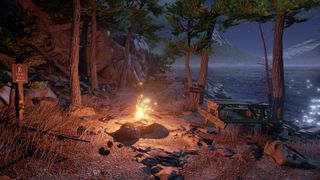
OPM: How have you found developing a game that was crowdfunded on Kickstarter?
RM: It’s great in some ways and tough in some ways. It felt like the Kickstarter meant that instead of a handful of critics we had thousands of collaborators. They were on our side – they just wanted information and they were trusting us to give them the right amount. But they really were there for our success and not there to critique, and that was great.
The tough part is the information, because we’re a fairly secretive company. The rewards in our games are turning a corner or going through a door – seeing something new and striking and interesting and then getting to explore it. If you give a screenshot of those things you diminish the reward a little bit, and so we’re reticent to give away too many screenshots. It drives the marketing people crazy and I think it drives the Kickstarter people a little bit crazy too! Striking that balance was hard.

OPM: Are there some compromises you have to make if you’re creating a game like Obduction – and future games – that can be played both on console and in VR?
RM: Absolutely. There is a large difference in design constraints. It’s not something to be shied away from or to be afraid of. The box that you are given to design within, in some ways, should be a relief. It’s the thing that gives you your edges, and if there’s anything we should realise in the indie market right now it’s that it’s amazing what people do with very small boxes of design constraints. It’s amazing how entertained you can be with very small boxes, so I don’t think we were ever fearful of that with Obduction. It was good that we went in at the beginning knowing we were doing it for both flat screens and VR.
Myst does lend itself to VR well: it’s the nodes, the idea of this world that you want to lose yourself in. It’s maybe because what we’ve always wanted to do is make worlds, and VR is like this amazing culmination of that. For the first time in a lot of years I’ve had a magical experience, how I felt like I was immersed in some place. Given our tendency to want to just make worlds that immerse you, VR just feels like the right thing.
We as a company are very VR-centric now and it’s risky because the install base is smaller than everything else. But I think it’s motivating for us to make our design constraints only wrapped around what VR can do, because there are some really interesting things we can do if we don’t have to look back, and it’s been that way forever for us. We’ve watched technology change from black and white to colour, and from colour to real-time 3D – and every one of those leaps you kind of embrace it and move forward, and so this feels like another one of those wonderful leaps that keep us going.
This article originally appeared in Official PlayStation Magazine. For more great PlayStation coverage, you can subscribe here.

